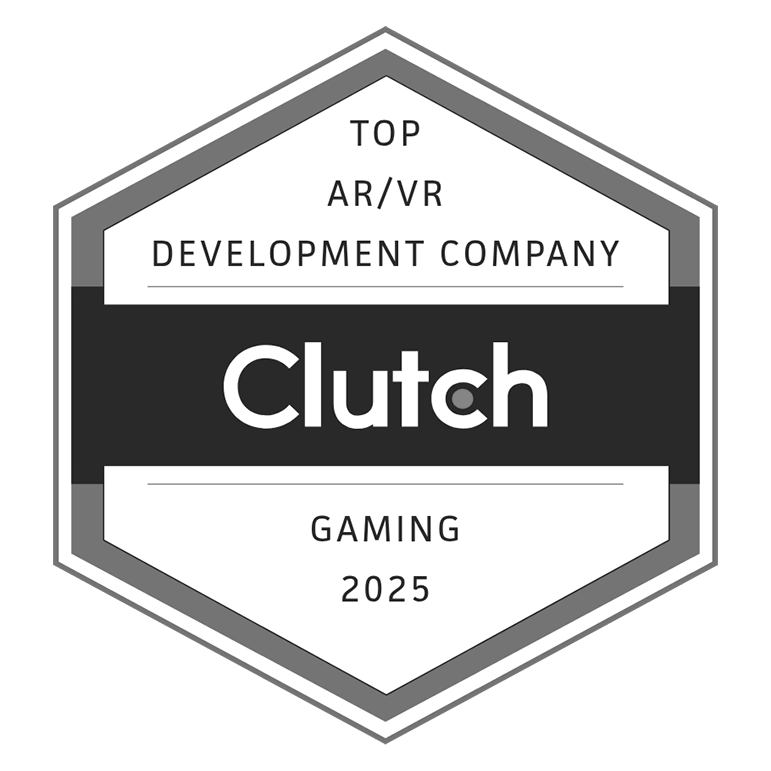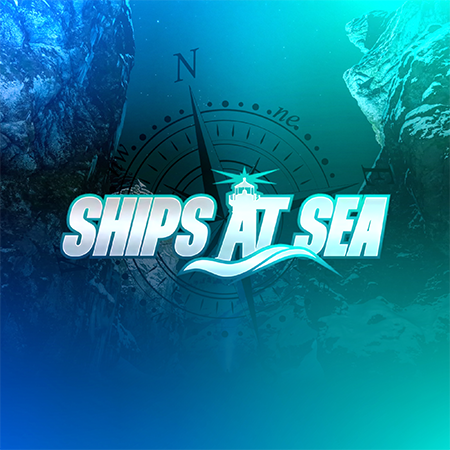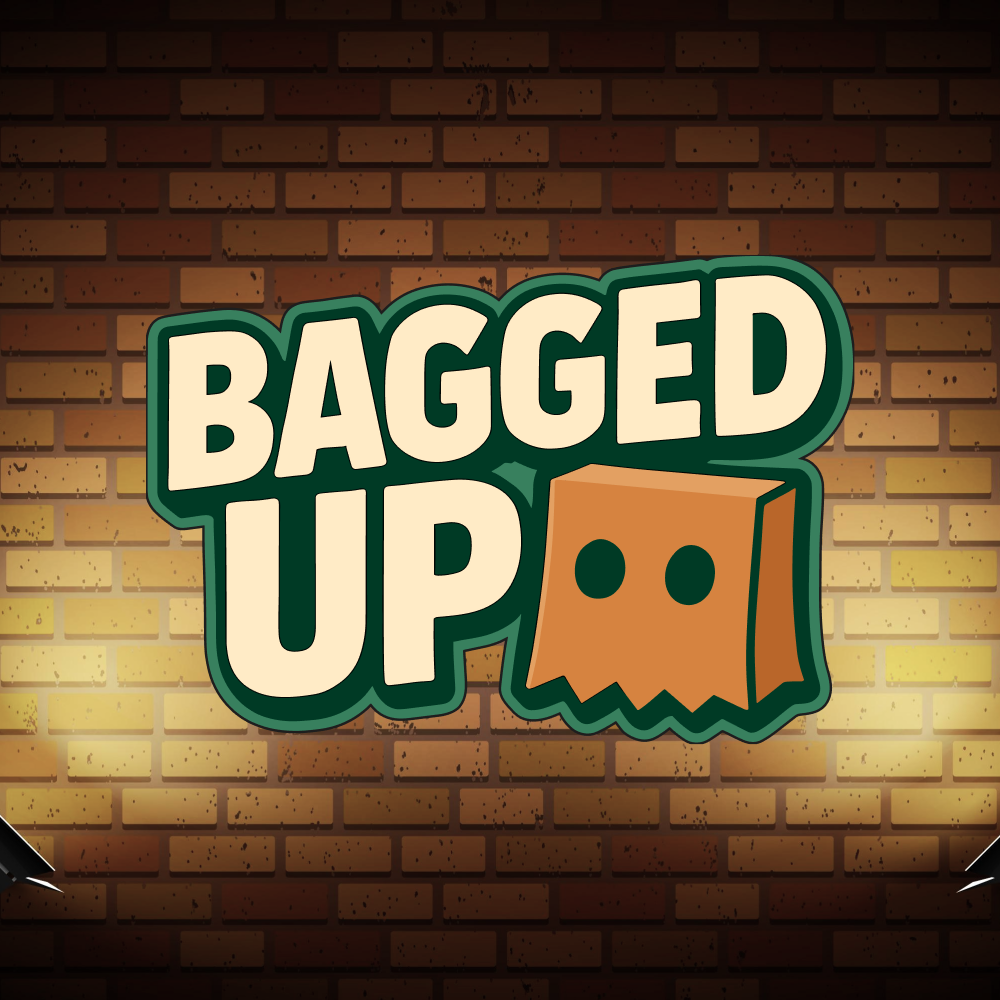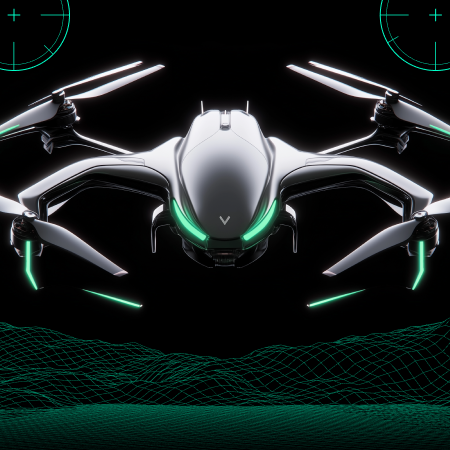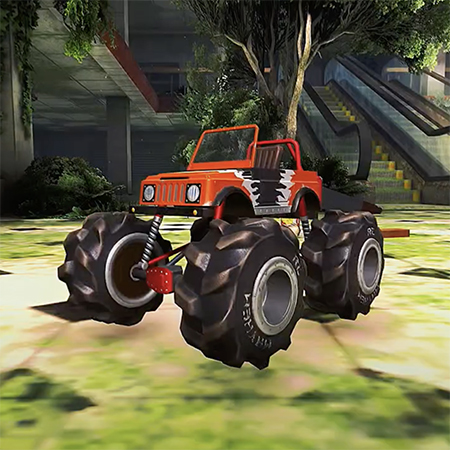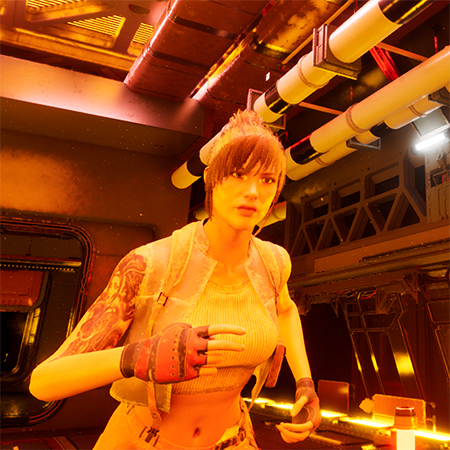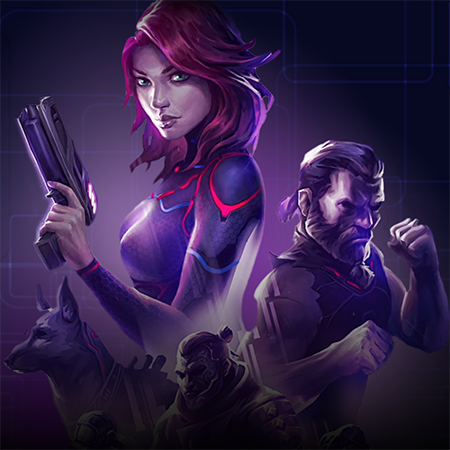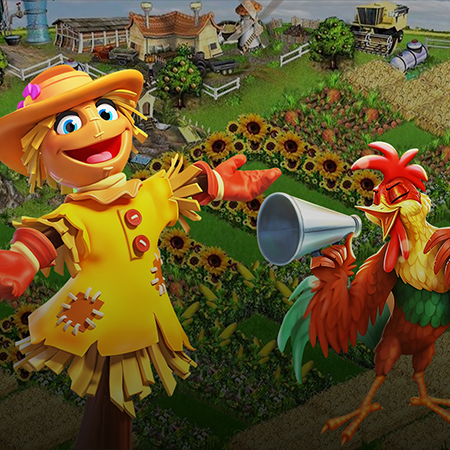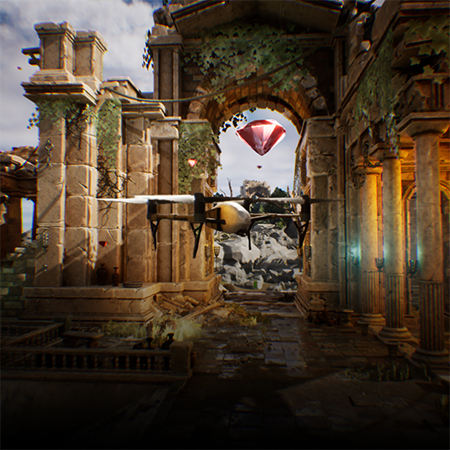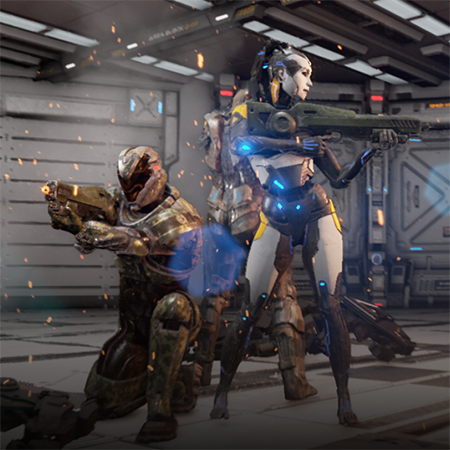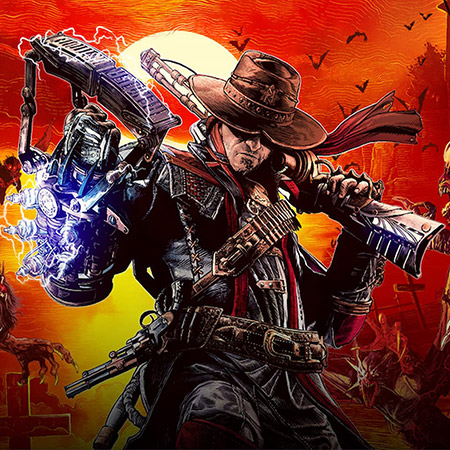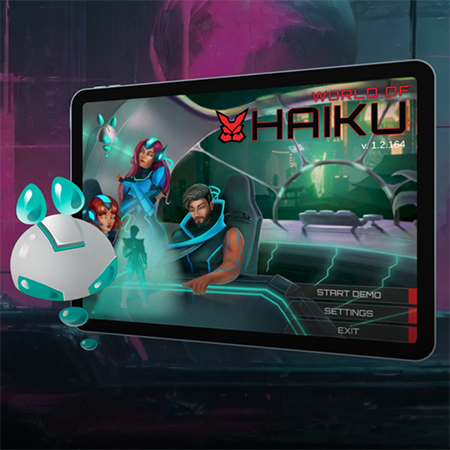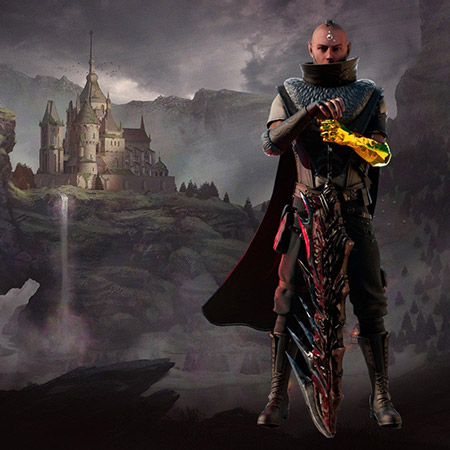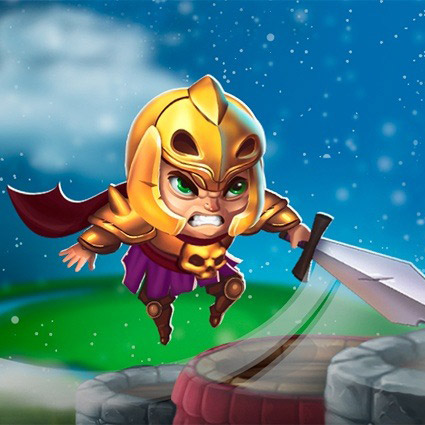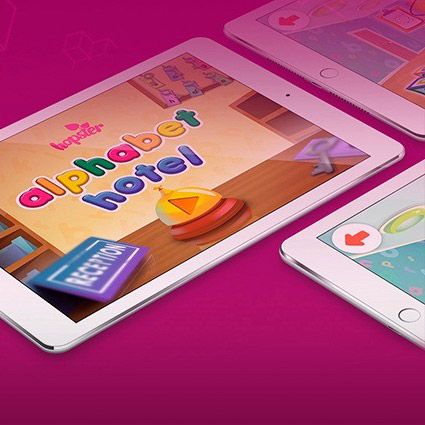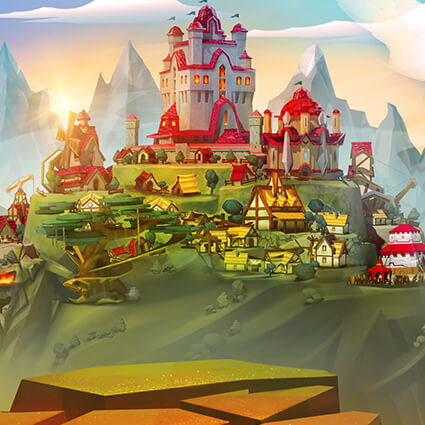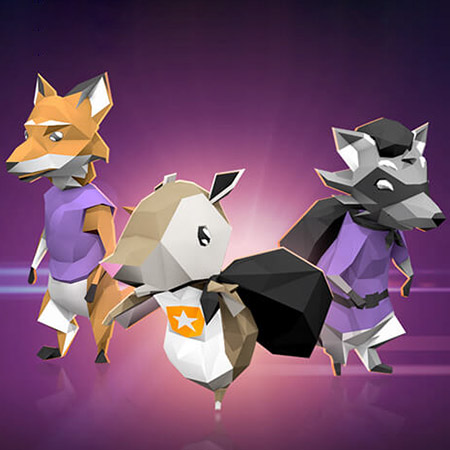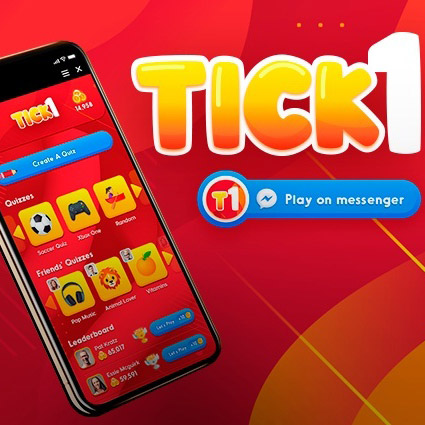Game prototyping — often viewed as the unsung hero of game development — is a subject deserving of your utmost attention. Why? Because it's here that ideas get their first taste of life, mechanics are honed, and interaction models are tested. Imagine having a blueprint that not only sketches your vision but also allows you to interact with it to uncover its strengths and weaknesses long before the final product emerges. That's the magic and utility of game prototyping.
In this blog post, we dive into the intricacies of techniques for prototyping video games, dissect critical steps in the process, and shine a spotlight on blockbuster games that skyrocketed to success thanks, in no small part, to exemplary prototyping. So, understanding the importance of effective prototyping could be the defining factor in whether your next game is a hit or a miss. Let's get started.
Role of Prototyping Video Games in the Game Development Process

Prototyping is more than just a stage in game development — it's the crucible where your game's vital elements are tried and tested. It serves as an interactive sketchbook, a testing ground for your game's mechanics, visuals, and user experiences. The prototyping stage allows developers to experiment, make mistakes, and fine-tune, which is particularly critical in cross-platform game development, where user experiences can differ widely from one platform to another.
For instance, consider the mobile gaming sensation Angry Birds. The game underwent extensive prototyping, which helped balance its physics-based gameplay mechanics. Imagine if the developers hadn't gotten the slingshot dynamics just right; it could have easily been a forgettable app among millions. Their focus on prototyping helped to create a game that didn't just succeed on one platform but across multiple ones, including iOS, Android, and even gaming consoles.
Similarly, cross-platform games like Fortnite benefit immensely from prototyping. Fortnite had to work seamlessly on PCs, consoles, and mobile devices — a tall order. Effective prototyping ensured that controls felt natural and gameplay was fluid, regardless of the platform. Through prototyping, the developers were able to create a unified, engaging experience that retained the game's core elements across all platforms, leading to its monumental success.
While prototyping may initially seem time-consuming or even indulgent, it's actually a time-saver in the long run. Developers can identify bottlenecks and eliminate ineffective mechanics early in the development cycle, avoiding costly alterations down the line. Real-world successes like Angry Birds and Fortnite are testaments to the transformative power of effective prototyping.
The Concept of Game Prototyping
The concept of game prototyping is straightforward, yet its importance in game development is immeasurable. It's akin to a sketch for an artist or a demo track for a musician: a preliminary version that captures the essence of the final work. In the game development pipeline, prototyping serves as a dynamic blueprint, a functional outline where ideas evolve into actionable features and gameplay mechanics.
What sets game prototyping apart is its immediacy. Instead of mere abstractions or wireframes, you have a working model, however rudimentary, that can be interacted with. This is invaluable for gauging the feasibility of game mechanics, assessing user engagement, and determining the gameplay flow.
Take the case of Portal, a game that started as a student project. The prototype showcased the innovative mechanics of portal-based puzzles, which eventually caught the eye of Valve Corporation. Portal might have remained a unique concept without a compelling prototype to demonstrate the gameplay, never seeing the commercial light of day.
Prototyping becomes even more pivotal. The gameplay and user interface must be adapted to various platforms without losing the game's essence. Thus, prototyping is not a stage you can afford to skip; it's an integral part of shaping the game you envision into a reality others can experience and enjoy.
Pros of Using Game Prototypes
The advantages of using game prototypes are plentiful and provide invaluable insights for developers, stakeholders, and end-users. Below, we discuss key benefits that make game prototyping an essential component in the development process.
Early validation of game concepts
Prototyping serves as a preliminary proof-of-concept, offering a tangible manifestation of the game's feasibility. It provides the critical backing needed for funding or internal approval.
Cost efficiency
Identifying design flaws or gameplay limitations during the prototyping phase is more cost-effective than making changes later in the development cycle.
Enhanced creativity and innovation
The prototyping phase offers the freedom to experiment, leading to creative solutions that can make your game unique and compelling.
User experience optimization
Game prototypes offer an early opportunity for user testing, which can yield important data to fine-tune gameplay and user interfaces.
Streamlined development process
A well-crafted prototype serves as a functional roadmap, simplifying project management, task allocation, and resource planning.
Reduced risks
Prototyping enables testing of game mechanics and concepts before full-scale production, thereby minimizing the risk of costly mistakes or project failures.
Game prototyping isn't just a phase you rush through to get to the 'real' work of development. It's a critical process that brings ideas to life, reduces risks, and lays the foundation for a successful game. Investing in a well-considered prototype sets the stage for a more effective and efficient development cycle.
Methods for Prototyping in Video Games

Prototyping methods can vary significantly depending on the type of game, the platform, and the resources available. One tool that has gained prominence in this space is Unreal Engine, particularly in developing mobile games. Below are some standard methods employed in video game prototyping:
Paper prototyping. Even in our digital age, sketching game levels or mechanics on paper can offer quick insights. It's a low-cost way to visualize ideas and get immediate feedback, especially useful in the brainstorming phase.
Digital 2D mockups. Programs like Photoshop can be used to create more polished yet non-interactive representations of game environments or UI. These mockups can be easily shared with team members and stakeholders.
Scripted prototypes. Using a scripting language to create a simplified version of your game can offer a glimpse into the gameplay mechanics and overall flow. This method is handy for RPGs or games with complex mechanics.
Multi-platform prototypes. In our age of cross-platform gaming, it's wise to consider how your game will operate on different devices. Tools like Unreal Engine make adapting your prototype for various platforms easier, saving time and resources.
By selecting the method best suited for your project, you can ensure that your prototyping phase is not just a formality but a critical, constructive element of your game development process. The exemplary method can offer insights into the game's feasibility, allowing you to make informed decisions and pave the way for a more efficient and successful production phase.
Crucial Phases of the Game Prototyping Process
The game prototyping process isn't a one-step affair but a journey through several crucial phases. Each phase serves its unique purpose, ensuring the final product is well-rounded and market-ready. Understanding these phases becomes even more critical when using advanced tools like Unreal Engine for mobile games. Below are key stages to consider:
1. Conceptualization
This is where it all begins. Brainstorming sessions, sketches, and preliminary design documents come together to outline what the game will look like and how it will function.
2. Feasibility assessment
Before diving into actual prototyping, assessing the project's feasibility is essential. Are the gameplay mechanics practical? Is the chosen platform, like mobile, suitable for the game concept?
3. Asset creation
At this stage, basic assets such as sprites, sounds, and simple 3D models are created. These assets serve as placeholders in the prototype, giving a more tangible form to the game's concept.
4. Mechanics prototyping
Utilizing technologies like Unity or Unreal Engine for game creation allows developers to create a functional prototype replicating the game's basic mechanics. This phase is crucial for gameplay testing and iteration.
5. User interface and interaction
Here, the focus shifts to the player's experience. User interfaces are integrated, and interactive elements are polished to make the gameplay intuitive and engaging.
6. Playtesting and feedback
The prototype is subjected to playtesting to gather valuable feedback. This stage allows for further iteration, refinement, and even a return to earlier phases for significant changes.
By thoroughly passing these phases, developers set the stage for a game that is engaging and technically sound. Whether using Unreal Engine for mobile games or another platform, understanding these phases ensures a prototype that lays robust foundations for your game development journey.
Tools and Software for Game Prototyping
Regarding game prototyping, the selection of tools and software can significantly impact the ease and efficiency of the process. Each instrument has its strengths and weaknesses, and your choice will depend on the specific needs of your project, whether you are developing a mobile, console, or PC game.
For those interested in rapid prototyping, engines like Unity and Unreal Engine offer a versatile suite of development tools. Unity is particularly user-friendly, boasting many assets available through its marketplace. Unreal Engine for mobile games, on the other hand, is known for its visual fidelity, which is a perfect tool for prototyping. Its ability to scale down assets makes it highly versatile for mobile platforms, while its visual scripting system, Blueprints, allows for quick iteration and testing.
When considering how to create video game art for your prototype, software like Adobe Photoshop and Illustrator, as well as specialized tools like Blender for 3D modeling, can be invaluable. Photoshop offers pixel-perfect precision for 2D art, while Illustrator's vector-based approach is excellent for scalable assets. Blender allows for creating 3D models, textures, and even animations, offering a comprehensive solution for 3D game art.
For scripting and programming, IDEs like Visual Studio or more straightforward text editors like Sublime Text can be used depending on the complexity of your game. Scripting is usually done in languages like C# for Unity or C++ for Unreal Engine, though Unreal also provides a visual scripting system called Blueprints for those less inclined toward traditional programming.
Sound design, another crucial aspect, can be managed through software like Audacity for basic needs or more advanced solutions like Adobe Audition. Good audio can significantly impact user engagement, even in a prototype. By selecting the right combination of tools and software, developers can streamline the prototyping process, making it easier to focus on gameplay mechanics, user experience, and the artistic elements that will make the game unique.

Hit Games that Excelled Thanks to Skillful Prototyping
Skillful prototyping is often the unsung hero behind many hit games. While the end-users see the final, polished product, it's the prototype that serves as the crucible where raw ideas are refined into engaging gameplay mechanics and compelling narratives. Let's take a look at some blockbuster titles that owe their success to effective prototyping:
Skyscraper
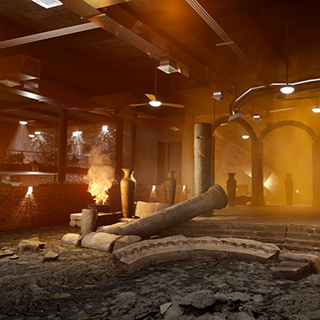
Skyscraper is a demo of a third-person action-horror shooter developed by Game-Ace, merging the Tower of Babel's ancient ruins with a modern skyscraper. Crafted with high-quality graphics, players navigate a building, now haunted by malevolent beings.
Angry Birds
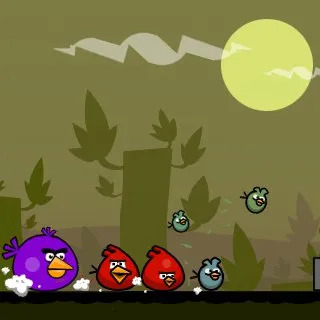
Behind its simple yet addictive gameplay lies a well-crafted prototype. The developers at Rovio tested numerous iterations to get the bird-flinging mechanics just right, and their attention to detail paid off with a game that became a cultural phenomenon.
Portal
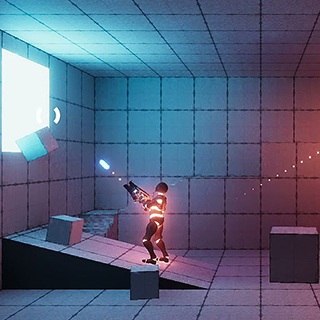
Originating from a student project called "Narbacular Drop," Portal was born from a prototype demonstrating its unique, mind-bending mechanics. Valve Corporation recognized its potential and helped turn it into one of the most iconic games of all time.
Minecraft

What started as a basic sandbox prototype quickly gained traction for its open-world creativity. The initial version was far from polished, but it provided a compelling proof-of-concept that led to one of the best-selling games ever. From humble beginnings, it became a cultural phenomenon across the globe.
Fortnite
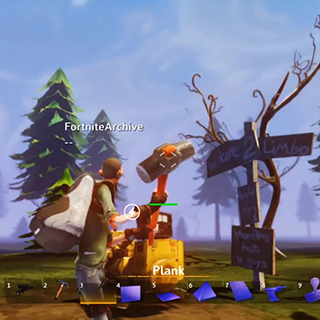
The Battle Royale mode that catapulted Fortnite to stardom wasn't the game's original focus. However, the prototype for this mode demonstrated its incredible potential, leading to a pivot that made gaming history. Epic Games seized an opportunity, revolutionizing multiplayer gameplay forever.
GTA III
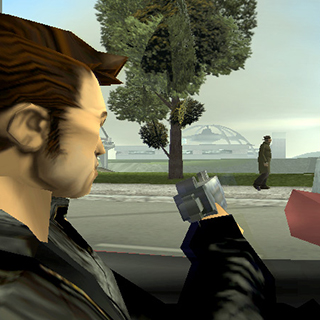
The leap from 2D to 3D was a significant risk for the Grand Theft Auto series. A prototype helped Rockstar Games test mechanics and explore the feasibility of a three-dimensional open world, paving the way for a revolutionary title. This shift not only defined the franchise but also reshaped open-world gaming.
Through skillful prototyping, these games were not just developed but honed to perfection. The prototypes served as critical testing grounds for gameplay mechanics, user engagement, and overall appeal, validating the developers' visions and setting the stage for unparalleled success.
Why Game-Ace is Your Go-To for Game Prototyping
In the competitive game development landscape, the importance of a well-crafted prototype cannot be overstated. It's the blueprint that can make or break your game's success. As a custom game development company with years of experience, Game-Ace understands the nuances involved in taking a game from concept to reality.
Our team of talented developers and designers excel in creating prototypes that not only validate your game idea but also set the foundation for a blockbuster title. If you are looking to turn your game idea into a playable, engaging, and marketable reality, don't hesitate to contact us. Your game's success could start with just one well-executed prototype.









